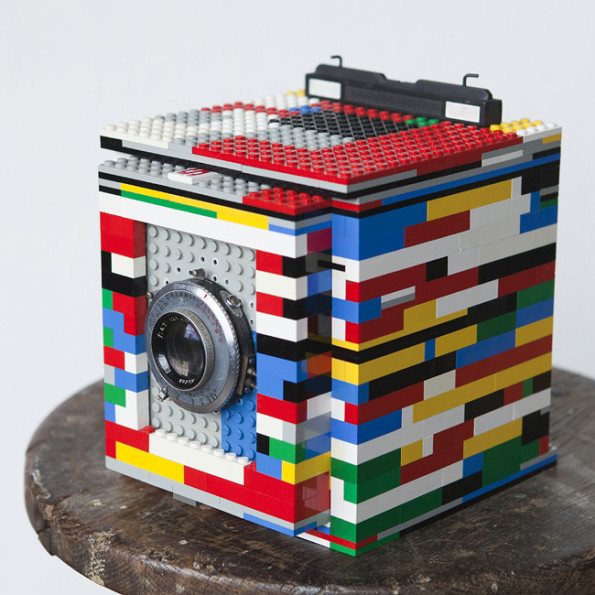
That right there is the Legotron Mark I, a masterful DIY concoction from Cary Norton, an Alabama-based photographer. It was borne of two very simple loves: large format photography and Legos. The planning process was virtually nonexistent, and the timeline was amorphous. It was a passion project that progressed incrementally. When it finally came to fruition, Norton photographed with it, and it worked.
Phoblographer: How did you hatch the idea for the Legotron and what was the planning process like?
Cary: I’m not really sure what exactly sparked it. I’ve always loved Lego and building things, though I 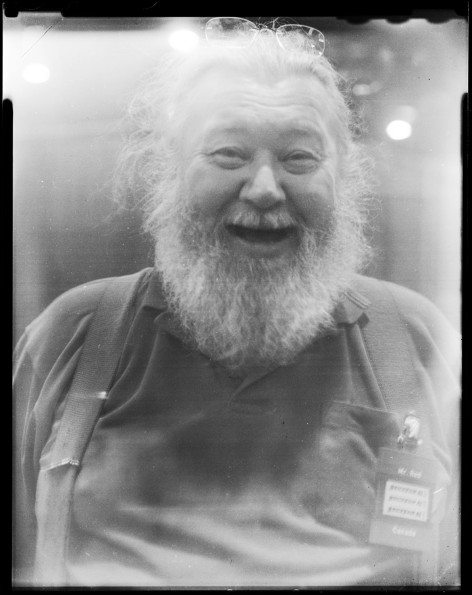 hadn’t really built anything Lego-y since I was a kid. I thought of it in August 2009 (there’s a blog post that just says something like “I’m thinking about making a 4×5 out of Legos”). I was shooting a lot of 4×5 at that point, so the format makes sense. I had recently gone to Costa Rica and Japan but I don’t know that they necessarily impacted the idea. Who knows!
hadn’t really built anything Lego-y since I was a kid. I thought of it in August 2009 (there’s a blog post that just says something like “I’m thinking about making a 4×5 out of Legos”). I was shooting a lot of 4×5 at that point, so the format makes sense. I had recently gone to Costa Rica and Japan but I don’t know that they necessarily impacted the idea. Who knows!
The planning process, in short, wasn’t. I didn’t really plan. I found a buddy who had lots of Legos and was willing to let me build with them. The main thing I build around was having the rear of the camera hold a 4×5 film holder and the front of the camera holding a lens. Beyond that I figured it was just two boxes inside of each other. I counted how many units wide the holder was (ie it’s 15 “studs” wide, pretty much exactly) and how many blocks tall the opening needed to be, and started building around that. I tinkered with it for a while, rebuilt the rear standard area (or that’s the analogous part on a proper large format camera, anyway) to accept the film holder, etc. Then I got busy and didn’t touch it for over a year. I didn’t forget about it, I just had way too much other stuff to do.
When I came back to it, finally, I was able to finish up in a few days in my spare time. It was basically done. I hadn’t considered the focal length of the lens, though, so I built it a bit too deep, such that I couldn’t focus to infinity. It has a 127mm lens so that’s how far the focusing plane and the film plane need to be from each other in order to focus to infinity, which also happens to be 15 studs wide, which is exactly 5″. So I rebuilt it a little bit and added a couple of tabs to help myself focus more easily, and I built a tripod mount so I could shoot more easily (just a bunch of flat pieces of Lego stacked up, then a 1/4″ thread piece screwed into the bottom to accept the tripod plate).
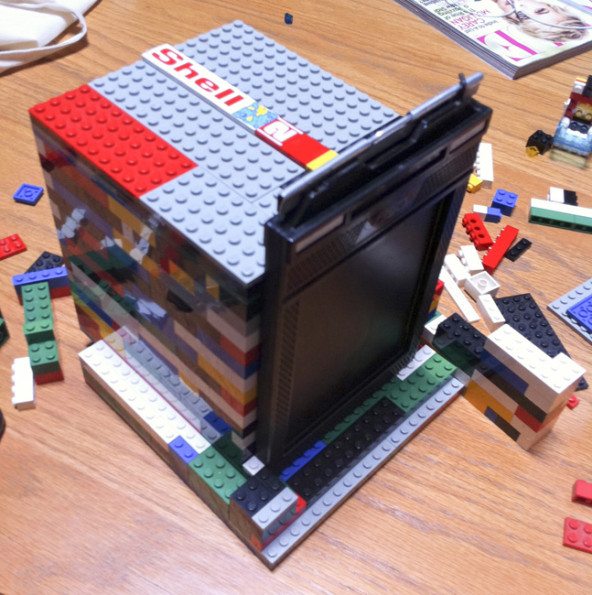
Phoblographer: What effect did building this camera have on you as a photographer?
Cary: It made me way more interested in DIY and made me embrace imperfections even more than I did 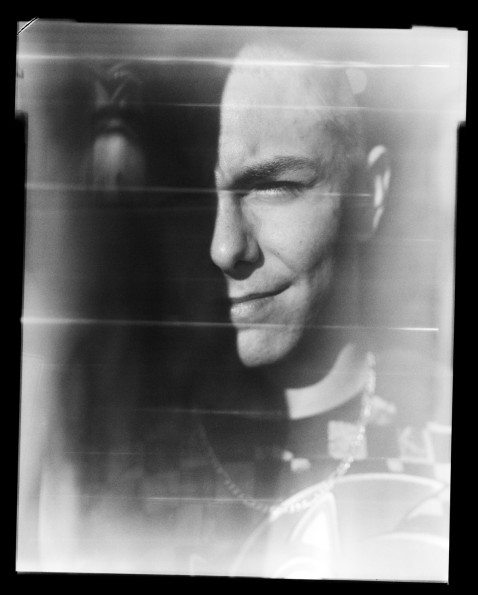 before. There’s something special to me in leaving parts of the photo to chance / serendipity. That’s one thing about shooting film that’s difficult for me to find in the digital world. It also further cemented my love of large format and ended up inspiring me to shoot larger. When I’m shooting LF these days I mostly shoot 8×10, and my first 8×10 was one I made out of black foam core board to test a lens I’d bought. It was difficult as hell to shoot but I got some work I’m proud of.
before. There’s something special to me in leaving parts of the photo to chance / serendipity. That’s one thing about shooting film that’s difficult for me to find in the digital world. It also further cemented my love of large format and ended up inspiring me to shoot larger. When I’m shooting LF these days I mostly shoot 8×10, and my first 8×10 was one I made out of black foam core board to test a lens I’d bought. It was difficult as hell to shoot but I got some work I’m proud of.
Phoblographer: Has shooting with it affected your photography or the way you photograph, and if so, how?
Cary: Mostly it just helped reinforce my love of LF. It’s a slower process, generally, and the Legotron makes it even slower. Yeah, that’s the main thing…just made me want to shoot more and more large format.
Phoblographer: What’s it like in use?
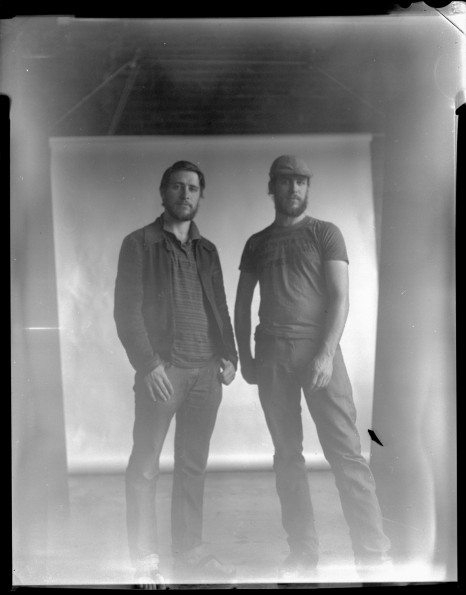 Cary: Cumbersome but super fun. I try to be really gentle when I shoot it so it doesn’t start to fall apart. It’s not glued together or anything, and it’s pretty heavy, so I’ve had times where it started getting a little sketchy. To be fair, the only time it really started coming apart was a time I had it on a tripod aiming way too far down (looking down at least 45º) and focusing really close on something and it couldn’t quite take it. The outside box started to come apart but I was able to catch it before it fell. And conveniently it is dead easy to stick back together. Other than that it’s like most large format cameras, though it doesn’t have traditional movements. The Legotron always gets good reactions from people I’m photographing. It’s this weird hybrid of it being Lego bricks and the fact that it actually works AND that it shoots film. People take to it well.
Cary: Cumbersome but super fun. I try to be really gentle when I shoot it so it doesn’t start to fall apart. It’s not glued together or anything, and it’s pretty heavy, so I’ve had times where it started getting a little sketchy. To be fair, the only time it really started coming apart was a time I had it on a tripod aiming way too far down (looking down at least 45º) and focusing really close on something and it couldn’t quite take it. The outside box started to come apart but I was able to catch it before it fell. And conveniently it is dead easy to stick back together. Other than that it’s like most large format cameras, though it doesn’t have traditional movements. The Legotron always gets good reactions from people I’m photographing. It’s this weird hybrid of it being Lego bricks and the fact that it actually works AND that it shoots film. People take to it well.
Phoblographer: Tell us about how you felt upon finishing this camera.
Cary: I was really excited. I took it home with me that day and photographed Stephanie (my wife now, but girlfriend then) and took it to a friends house. Developing those sheets of film and seeing that it had indeed worked was pretty incredible. And there are lots that have weird light leak artifacts and some that have grid lines on them since the walls aren’t really all that light-safe. It was satisfying to have a dumb idea and then see it through to completion, only to have it work really pretty well.
Phoblographer: Any other DIY projects in the works?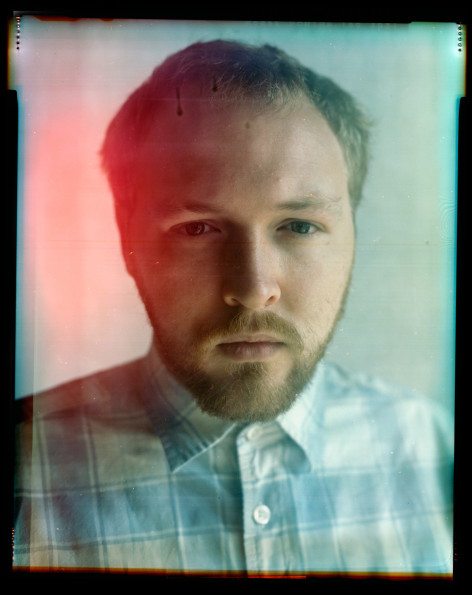
CaryI’m always scheming something. I’m trying to figure out how to build a digital swing-lens pano camera, I’m hoping to have the time one day to build my own wooden 8×10 or 11×14 camera, I’m in process of learning wet plate (which is about as DIY as you can get with photography, I think—I’ve wanted to do it for about as long as I’ve been shooting). I love the idea of getting the more sophisticated Lego sets and building a large format camera with traditional movements, or maybe a geared focusing system, and certainly I’d love to figure out a Graflok style film back so I could focus and shoot in a more reasonable way. As it is now, you focus with the ground glass (actually just plexiglass I sanded), then pull that out, put in the sheet film, then take the shot. And you have to put the focusing screen back in to refocus, obviously. Cumbersome. I’ve also wanted to start messing with using 3D printing for making stuff. I’ve got a few ideas there, but that’s all probably a long way off. And speaking of 3D printing, be sure to check out https://nikonowicz.tumblr.com/. That’s the tumblr of Drew Nikonowicz, who has made some interesting large format projects. 3D printing is his latest, but he also made a 4×5 out of cardboard a while back, too.
For a more detailed look at the construction of the Legotron, check out his blog post on it.

